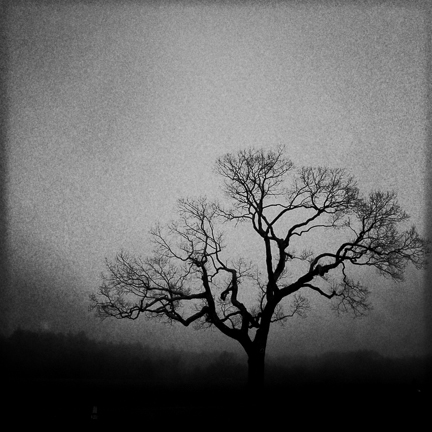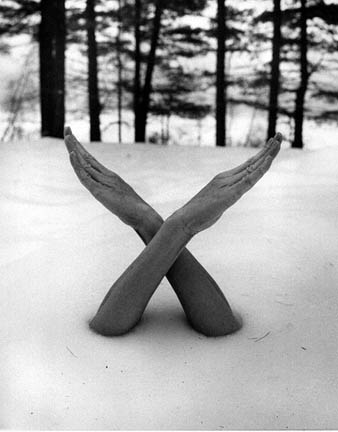
I’ve been thinking about learning in the last couple of weeks and have become increasing comfortable with the notion that 20% of our efforts give 80% of the results, or knowing 20% of something can get you 80% of the way there. For many people this is good enough, with the disproportionate amount of effort it takes to go the last 20% of the way not worth the effort it takes.
For the longest time I wanted to take better photographs without really a notion of what better really meant. Even now I’m not sure what better really means but I’ve settled on it being sufficiently skilled that I can conceive of an image and realise that in the final image. I’ve started to realize that for me this is a little bit like looking for the end of a rainbow. What I’ve found is that the more skilled that I become, the more that the technical stuff falls away allowing me to spend time on the artistic piece, the further and harder I push. What was difficult becomes easy and uninteresting. The new challenge is the thing that stretches and tests your abilities both technically and artistically. Failure, frustration and disappointment remain part of your everyday existence. Perhaps those failures become more spectacular as your skills develop and you try and push to bigger things. But failure remains a constant, intermingled with some successes and it’s those successes that make it all worthwhile.
So how to get better when better remains an unachievable goal. There are of course stages to this growth. Arguably imitation is the foundation of all that we do. We look at those artists that are making the kind of work that we’re interesting in and ask the question how do they do it. We work the technical side of things and figure out how they did what it was that attracted us and make servicable copies of the work of the masters. Great examples of this are the multitude of photographers that make the pilgrimage to Yosemite each year to make their own copy of Ansel Adams great photographs. That’s pretty cool – execute one of these photographs immaculately and you’ve got a pretty nice looking photograph that your friends and family will most certainly coo over.
I would argue that the next phase is to build a familiarity with the things that appeal to you. This covers the gambit of design sensibilities, aesthetic qualities in everyday life – furniture, tools that you use everyday – computers kitchen gear, dishwear, cutlery etc. as well as becoming encyclopedic in your familiarity with the medium that you work in – landscape photography, portrature, etc. and perhaps digging depper to sub specialties such as water in the landscape.
The final and perhaps hardest step then is to combine the technical and the artistic to create something that is truely your own.
I’m going to unpack my thoughts around getting better over the next few weeks. Comments appreciated as always. Thoughts on the 80/20 rule in relation to skill development? I’d love to hear them.










